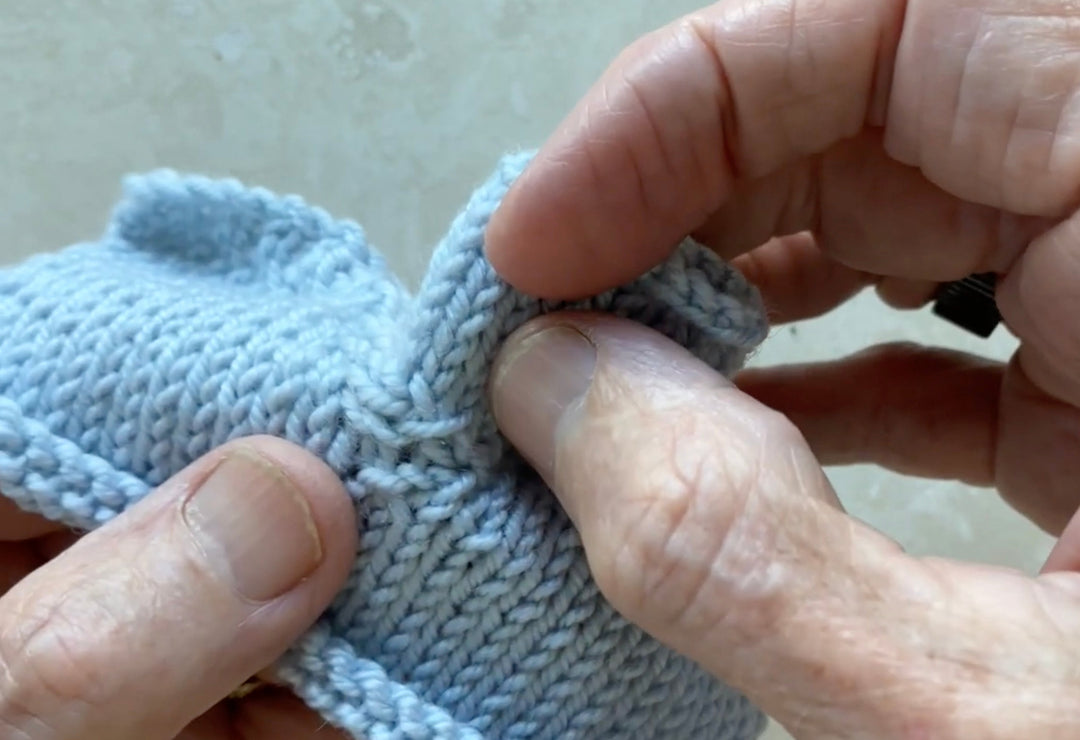The Roots of the Christmas Tree

What we know today as the classic Christmas tree came to be during the Renaissance of early modern Germany. People were bringing ornamented trees—the Yule-tree—into their homes as early as the 16th century. These were decorated with food such as apples and nuts. Some associate the origin of this custom with Martin Luther who is said to have first added lighted candles to an evergreen tree.
These traditions were preceded by the use of evergreen trees, wreaths and garlands by ancient Egyptians, Chinese and Hebrews to symbolize eternal life. Scandinavian customs included a tree for the birds during Christmastime, and trees were also traced to winter rites in which Vikings and Saxons worshiped trees. However, the first known record of a Christmas tree was sculpted into the keystone of a private home in France dating 1576.
By the early 19th century the custom of a decorated tree was popular among European nobility—Baroness von Riedesel introduced the tradition to Canada in 1781, Queen Victoria’s mother to Great Britian in 1800, Countess Wilhemine of Holsteinborg to Denmark in 1808, Princess Henrietta of Nassau-Weilburg brought it to Vienna in 1816 and the duchesse d’Orléans to France in 1840.
In the United States, several towns claim to have had the first Christmas tree: Windsor Locks, Connecticut in 1777; Easton Pennsylvania in 1816; and Lancaster, Pennsylvania in 1821. It was a publication called Godey’s Lady’s Book that is considered to be responsible for popularizing the custom after publishing in 1850 and again in 1860 a modified woodcut of the British Royal family (without the Queen’s tiara and Prince Albert’s moustache) with their Christmas tree in Windsor Castle.
I’m grateful this particular tradition found its way to America. Because I have fond holiday memories associated with the annual Christmas tree rituals, my favorite being when my daughter was very young. She was inspired one Christmas Eve to decorate a small evergreen outside our kitchen for the animals in the surrounding forest. When we awoke the next morning she was delighted to discover that all the fruit she had used as ornaments was gone. Knowing the animals were having a merry Christmas made her Christmas especially merry that year.







